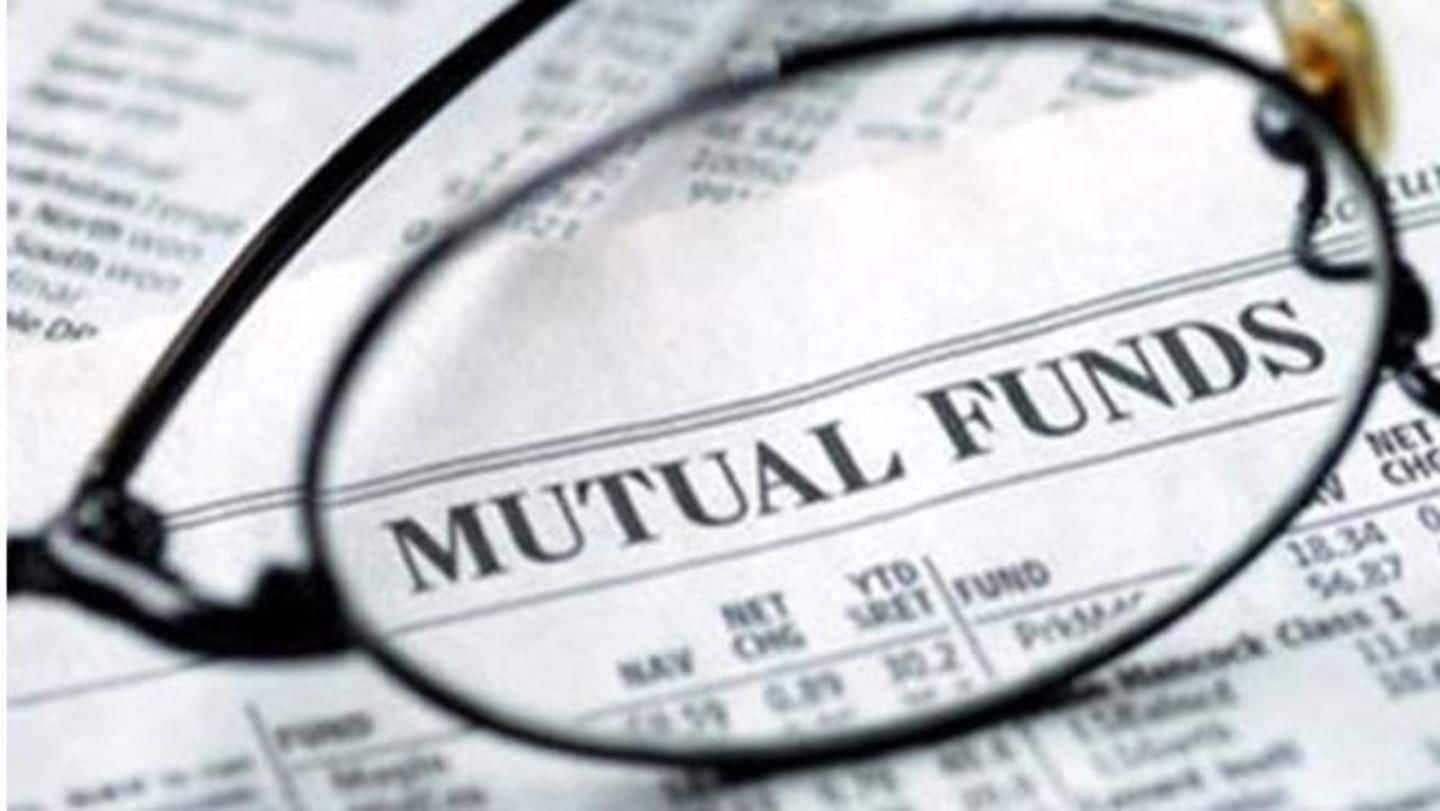
#FinancialBytes: Know how to select mutual fund meant for you
What's the story
Are you thinking of investing in mutual funds but don't know how to choose the best mutual fund scheme? Well, first off, the best mutual fund scheme is not the one which gives you the highest returns, it's rather the one which best suits your financial goals and risk appetite along with giving good returns. Here's your guide to select the most apt mutual fund.
Details
Begin by assessing your investment objective and risk tolerance
You should begin by assessing your investment objective and risk tolerance. If your investment objective is to earn capital gains for more than a year, choose long-term schemes and if it's to earn current income, go for short-term schemes. Similarly, if your risk tolerance is high go for equity mutual funds, otherwise choose a balanced mutual fund scheme which invests in both equity and debt instruments.
Parameter #1
After self-assessment, check the scheme's performance consistency
Instead of checking how much returns a mutual find scheme has earned in recent time, check how it has performed over the past 1, 3 or 5 years. It tells you if it's capable of giving you consistent or just whirlwind returns. You can get the data around it online from the factsheets of various asset management companies or mutual funds research websites.
Parameter #2
Compare the mutual fund scheme's performance with its peers
Just knowing a mutual fund scheme's own performance isn't enough, it's also important to check how it has performed among its peers. Remember this comparison should only be among the same type of mutual fund schemes. For this, you can check its quartile ranking which shows how it has performed on quarter-on-quarter basis among its peer group. This data is also easily available online.
Parameter #3
Next, check risk versus returns
Well, it's often said higher the risk, greater is the return and vice-versa. But, going by numbers is definitely a better approach. Check the following statistical measures to know if the risk is worthy of returns: Alpha: Tells risk-adjusted returns in excess of benchmark index's return Beta and Standard Deviation: Measures volatility R-squared: Measures volatility dependent on benchmark index Sharpe Ration: Tells risk-adjusted return
Parameter #4
Know what proportion of returns is swayed away by expenses
All the expenses incurred in managing a mutual fund scheme is borne by the scheme. Thus, it becomes necessary to check what proportion of the returns earned by the scheme is swayed away by its expenses. For this, check the scheme's Expense Ration- lower the ratio, better is the scheme. According to industry standards, an expense ratio of 1.5% is considered a viable deal.
Parameter #5
Know how much of the scheme's assets are under management
Another parameter to look at while selecting a mutual fund scheme is its Asset Under Management (AUM). AUM simply means the total market value of assets held in a scheme by an investment company or financial institution on behalf of investors. AUM of a mutual fund scheme is inversely related to the risk involved in it, i.e. lesser the AUM, higher the risk.
Parameter #6
Last but not the least, check the scheme's portfolio diversification
The performance of a mutual fund scheme largely depends upon its portfolio diversification, i.e. if it invests only in small, medium or large companies or a combination of them. This analysis also includes checking if scheme prefers only risky securities or has balanced the risk quotient by including bluechip securities. A diversified portfolio helps in minimizing the risk.